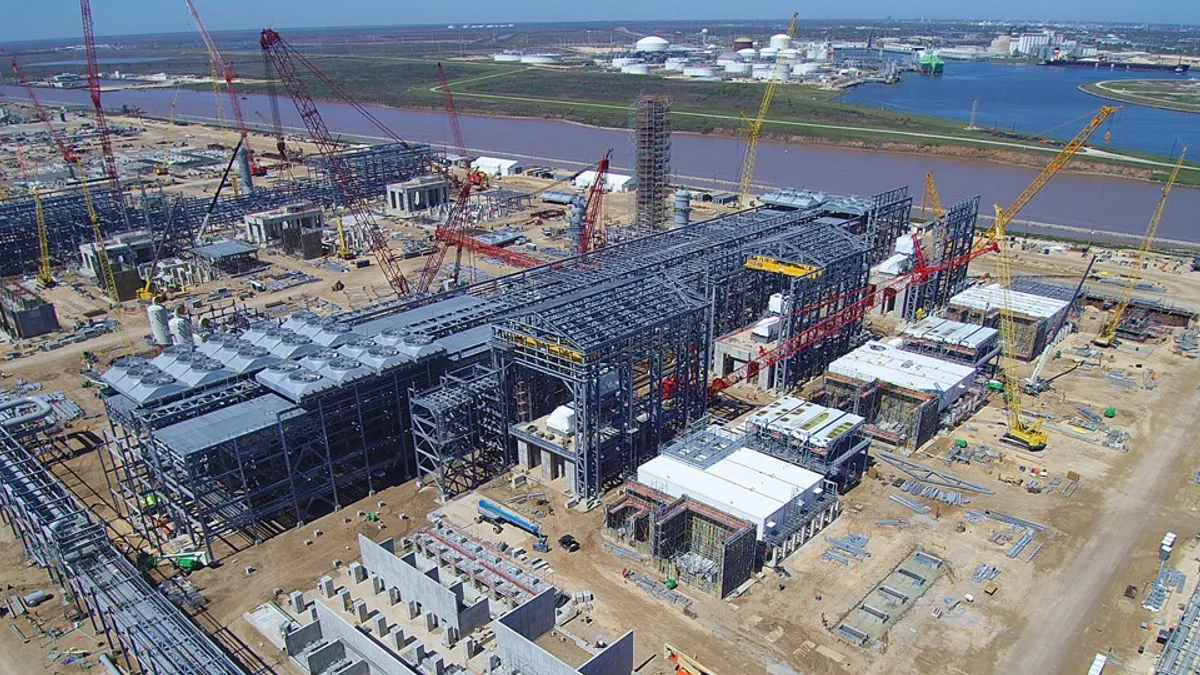For the first eight months of 2019, the dollar value of U.S. construction starts was almost level with that of 2018, but, according to Alex Carrick, chief economist for ConstructConnect, there has been a shift in the type of projects that are moving forward.
Energy-related developments of $1 billion or more with a major engineering component have dominated U.S. starts, while starts for mid-size and smaller projects are down 15% so far this year.
There are several factors that will continue to contribute to this transformation in the next several years, including:
- Near-stagnant population growth, which impacts how many institutional and civil infrastructure projects will be initiated;
- An aging population, which will drive demand for a wide variety of healthcare facilities;
- The continuing popularity of online shopping, which will further limit brick and mortar construction but propel warehouse development;
- More high-tech jobs that will translate to more office construction projects.
The potential for a 'boom" in the $1 billion or more category will be driven by:
- major transportation-related projects at airports;
- municipal rapid transit projects;
- the pursuit of regional high-speed rail;
- a flourishing energy sector that has already resulted in a proliferation of gas plant, oil refinery and LNG projects.
Earlier this month, ConstructConnect reported that for the first three quarters of 2019, the value of nonresidential construction starts was up 3% compared to the same period in 2018. From August to September of this year, however, the value of nonresidential starts fell almost 33% from $51.6 billion to $34.7 billion, mostly because of a $16.4 billion decrease in megaprojects.
Since energy-related megaprojects are expected to make up a big part of the U.S. construction industry in coming years, it's important to understand why their starts might seem so erratic. But that answer isn't a complicated one, according to Carrick.
"It's just the way it is," he said."[The timing of these starts] are determined by whenever they decide to issue a green light on these projects."
But it's safe to say, at least in the short term, that more of these projects are on the horizon, Carrick said.
"The U.S. has become a powerhouse in energy," he said. "Ten to 20 years ago, the U.S. was importing oil and gas, and it doesn't have to now." New oil and gas technology has made that possible, he added, making the U.S. more energy-independent and turning the country into a major exporter of LNG. There are only a few countries, he said, that can help meet the global demand for natural gas, and these opportunities have and will continue to drive the construction of export facilities.
But LNG projects aren't the only type of energy projects underway.
There are a number of chemical and plastics plants either being planned or under construction as well, along with refineries, he said.
Beyond that, Carrick said, there are other megaprojects around transportation, the most apparent being in the municipal rapid transit arena.
"Another [sector] where there are huge opportunities is in airport construction," he said. "Every international airport has billion-dollar expansions being planned. They're all over the place." The biggest in the U.S., he added, is the $13 billion overhaul of John F. Kennedy International Airport in New York City.
So, what about a slowdown? Despite many contractors reporting that they're busier than ever and struggling to meet schedule and staffing demands, industry chatter is pointing toward a slowdown in activity sometime in the next 12 to 18 months.
It's true that growth has slowed, reflected in recent GDP and employment figures, he said, but helping the economy along has been consumer spending and no real problems with inflation, resulting in more of a horizontal movement.
"These are extraordinary times," Carrick said. "One would expect that the slowdown would have been here by now, but things are continuing to chug along."













